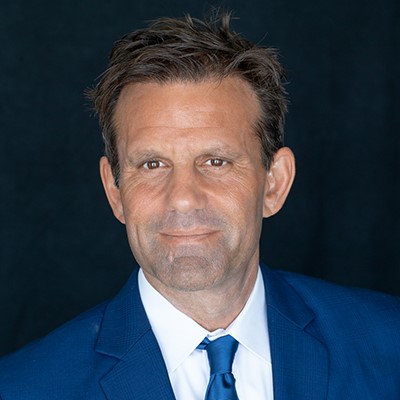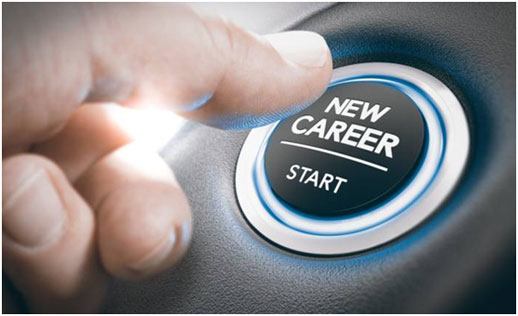
The Biden administration announced a significant step in addressing the student loan crisis by forgiving $9 billion in student loan debt for 125,000 borrowers. These borrowers were already eligible for cancellation through various programs, including Public Service Loan Forgiveness, income-driven repayment plans, and discharges for those with disabilities.
Who Qualifies for Loan Forgiveness?
The White House provided a breakdown of the $9 billion in debt forgiveness:
- $5.2 Billion for Public Service Workers: This portion of forgiveness, totaling $5.2 billion, will benefit 53,000 borrowers who dedicated at least a decade to eligible public service fields such as teaching and the military.
- $2.8 Billion for Income-Driven Repayment Plans: Nearly $2.8 billion will be forgiven for nearly 51,000 borrowers who have been making payments for over two decades and have reached the threshold for forgiveness through income-driven repayment plans.
- $1.2 Billion for Borrowers with Disabilities: Approximately $1.2 billion will be forgiven for nearly 22,000 borrowers with permanent disabilities identified through a Social Security data match.
Efforts to Fix the Broken System
The Biden administration’s move to forgive this student loan debt comes as student loan payments resume for millions of borrowers after a more than three-year hiatus during the pandemic. While some borrowers have coincidentally met the criteria for forgiveness, others faced bureaucratic obstacles that have delayed their relief.
Want to know if you’re earning what you deserve? Find out with LawCrossing’s salary surveys.
President Joe Biden’s original plan to provide up to $20,000 in loan forgiveness for most borrowers was thwarted by the Supreme Court in June. However, his administration has managed to chip away at student loan debt on a smaller scale.
Total Student Debt Erased
The White House proudly announced that they have already erased $127 billion in student debt, benefiting approximately 3.6 million Americans. This includes a recent wave of forgiveness for 804,000 borrowers who had diligently paid down their loans for at least two decades, only to see their chosen repayment plans not culminate in forgiveness.
What’s Next for Student Debt Relief?
Looking ahead, a committee comprising colleges, borrowers, state attorneys general, and student loan servicers will convene to explore additional avenues for mass student loan forgiveness. Using a process called negotiated rulemaking, this committee will meet over several months to develop proposals. However, implementing any plan may take time and could be subject to change by future administrations.
In the interim, President Biden encourages borrowers to explore his new income-driven repayment plan, Saving on a Valuable Education (SAVE). Under SAVE, borrowers with incomes below a certain threshold, determined by family size, could see their monthly payments reduced to $0. Borrowers already enrolled in Revised Pay As You Earn (REPAYE), another income-based option, will be automatically included, while others must apply to benefit from this program.
Don’t be a silent ninja! Let us know your thoughts in the comment section below.












































